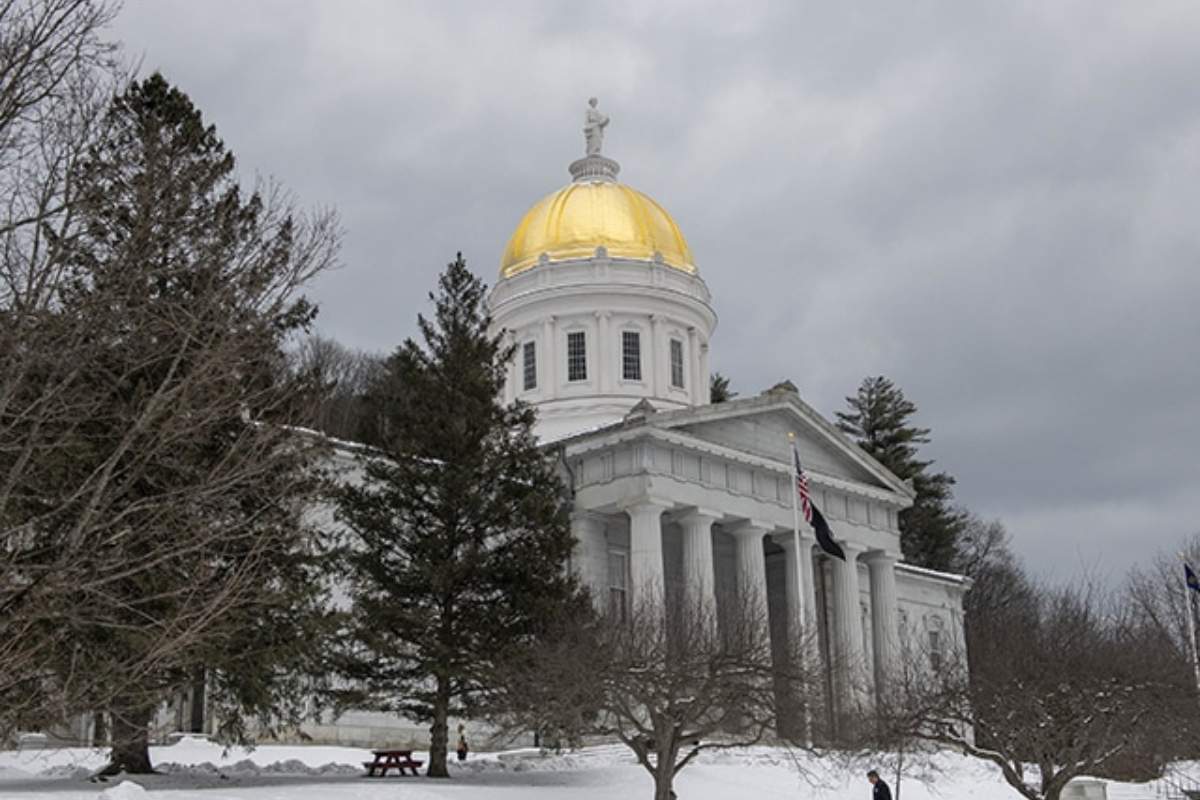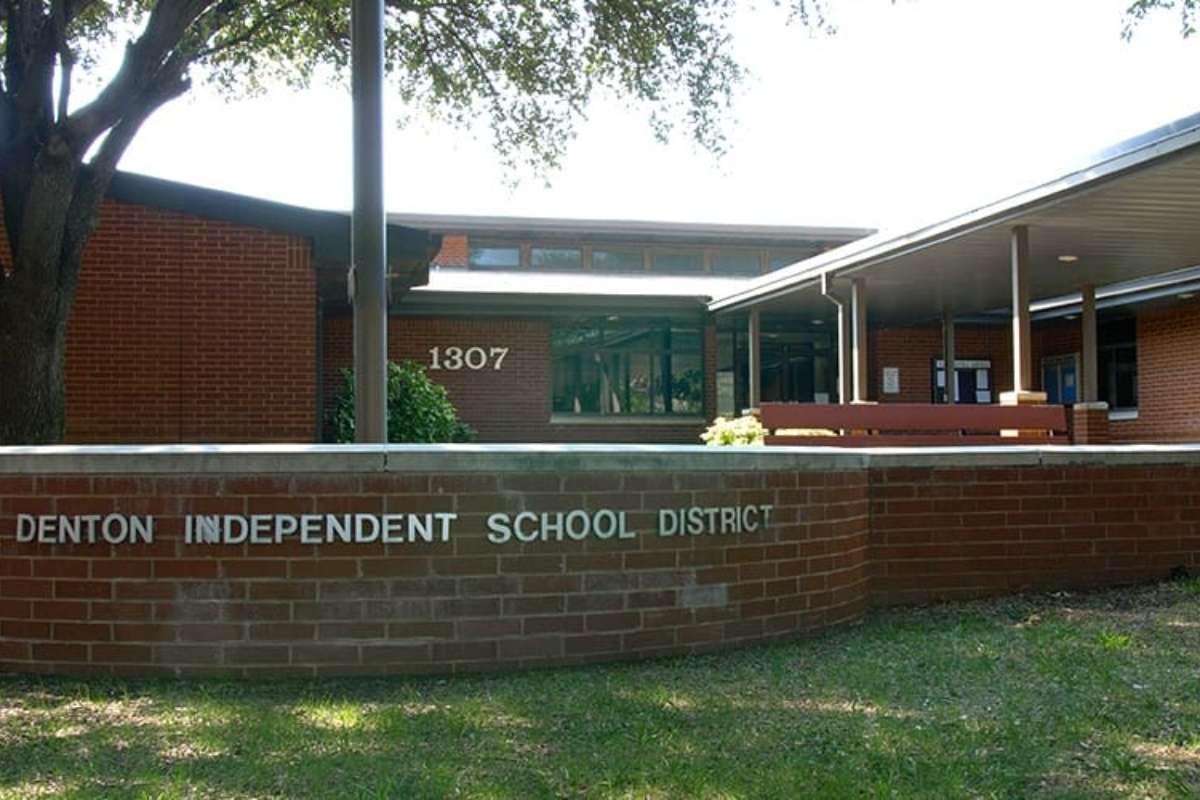Teacher Shortage: Since 1970, The Number Of Education Degrees Has Fallen By 50%, Portending Doom For The Nation’s Once-Flagship Major. Who will instruct the youth of America? Some states have been compelled to respond to the question by reducing or changing criteria in order to help get prospective teachers into the classroom faster than previously, a development that some find alarming as teacher shortages plague the educational system.
Degrees in education, once the top major in America, have declined by almost 50% between the 1970–1971 academic year and the 2020–2021 academic year, despite a nearly 150% increase in the overall number of college students during that same period, according to data from the National Centre for Educational Statistics (NCES). This decline is the backdrop to the crisis.
It was the most popular major at the time, with 176,307 degrees awarded, followed by degrees in the social sciences/history and business, with 155,324 and 115,396 awarded, respectively.
These tendencies are not unexpected. More and more money is being pumped into the system, but none of it is reaching the classroom teachers. After accounting for inflation, spending on education rise by 152% per student between 1970 and 2019. In actual terms, the rise in teacher pay over that time was only 8%. Students and families would benefit greatly from school choice since it would give them more options. Corey DeAngelis, a senior fellow at School Choice Now, told Fox News Digital that it would also benefit teachers.
Competition would provide government school employers an incentive to spend money wisely, on the instructors providing excellent instruction for pupils rather than on administrative bloat, union bosses, and political activity. Employers at government schools would be forced to reevaluate their practise of making teachers’ lives unpleasant in order to retain talent due to labour market competition. In all five studies I’ve seen on the subject, increased teacher pay in public schools is a result of school choice competition, he continued.
The degree and career, which were once in high demand, have fallen out of favour, according to experts. According to Nicole Smith, research professor and chief economist at the Georgetown University Centre on school and the Workforce, “in the past, we had a lot more women who were more inclined to pursue this ‘caring’ education career.”
As new alternatives for women have arisen in recent decades, including campaigns to consider STEM and business careers as viable options, the field of labour historically dominated by women has probably suffered. The generations who have come after the baby boomer age have challenged the practise of women predominantly taking carer tasks, even in the job, potentially indicating a bleak future for one of the traditionally most favoured careers.
In some ways, they were told to take this path, but a lot of that has changed now, Smith said. According to Chris Torres, an associate professor at the Marsal Family School of Education at the University of Michigan, more opportunities for women have hurt the field. He told CBS, “Now that other types of jobs have opened up to women over the last few decades, you’re seeing fewer highly educated women enter the profession.”
Other contributing aspects to the issue include low salary relative to other college graduates, an increase in violence towards educators, and the instability caused by the COVID-19 pandemic.
Concern Over Teacher Shortage
According to The Associated Press, numerous states have pushed for or have already given teachers raises as a result of ongoing teacher shortage worries. Mandy Davis, a former principal of a private school, expressed her concern about the stress that teacher shortages place on those left to look after the children on “Fox & Friends Weekend” earlier this month. This is partly because larger class sizes further disrupt the learning environment.
“Because it has such a wide-ranging impact, I frequently discuss the present teacher shortage. Larger class sizes are a result of it. That’s not the kind of balance we want to see, the teacher shortage and the rise in behavioural and discipline problems in the classroom, she said.
According to recent data cited by The Wall Street Journal, 300,000 teachers left the profession between February 2020 and May 2022, with others sharing that they would like to do the same. Schools struggle not only to recruit teachers but also to keep them in the classroom.
“What worries me as a parent is wondering who will fill those positions. In an effort to expand this teaching pool, dozens of states have already begun to change the qualification and licence requirements, Davis said in the episode. I’m not sure if that’s the kind of environment we want for our kids. Brook Ooten, an elementary school teacher in New York, concurred with Davis’ worries when she told “Fox & Friends” host Ainsley Earhardt in May that the teacher shortage exacerbates issues for teachers who are still in the classroom.










